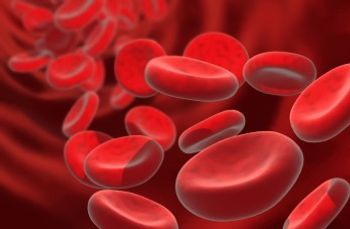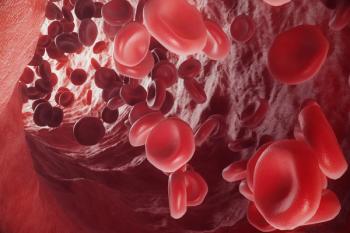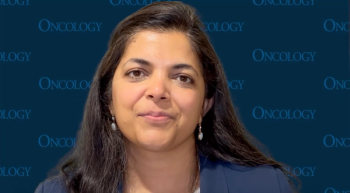
- ONCOLOGY Vol 13 No 3
- Volume 13
- Issue 3
Arsenic Trioxide in Acute Promyelocytic Leukemia: Results of Initial US Pilot and Multicenter Trials
We and others have recently confirmed that arsenic trioxide (As2O3) induces a complete remission (CR) in a high proportion of patients
We and others have recently confirmed that arsenic trioxide (As2O3) induces a complete remission (CR) in a high proportion of patients with acute promyelocytic leukemia (APL). In an initial pilot study, 12 heavily pretreated patients were treated with As2O3 at doses ranging from 0.06 to 0.2 mg/kg/d until leukemic cells were eliminated from the marrow. Patients who achieved a CR were eligible to receive up to five additional courses of therapy, with each course given for a cumulative total of 25 days at a daily dose of 0.15 mg/kg/d every 3-6 weeks.
Marrow leukemic cells were eliminated in 11 of 12 patients after a median treatment duration of 33 days (range, 12-39 days). The median cumulative dose was 360 mg (range, 160 to 515 mg). One patient sustained an intracranial hemorrhage on day 1 and died on day 5.
Complete remission by all criteria was attained at a median time of 47 days (range, 24-83 days). Of 11 patients tested, 8 converted reverse transcriptasepolymerase chain reaction (RT-PCR) assays for PML/retinoic acid receptor-alpha (RAR-a) to negative at or before the end of the second course, while 3 patients who remained positive relapsed early and rapidly developed arsenic resistance. The median duration of CR is 5+ months (range, 1-9+ months).
Adverse effects were relatively mild, and included skin rash, lightheadedness during the infusion, fatigue, mild hyperglycemia, musculoskeletal pain, and electrocardiographic changes (particularly QT prolongation). Six patients developed leukocytosis (³ 20,000/mm³); however, no additional cytotoxic drugs were administered, and leukocytosis resolved in all cases. Two patients developed symptoms identical to the retinoic acid (RA) syndrome and were treated presumptively with steroids. Three patients completed induction solely as outpatients; however, five of the remaining eight patients were admitted to an intensive-care unit for leukemia-related complications.
We subsequently initiated a confirmatory multicenter study in patients with relapsed or refractory APL using the same treatment schedules at a fixed daily dose of 0.15 mg/kg/d. To date, 28 patients have been enrolled in the multicenter study. A total of 15 patients are evaluable for response, with 12 patients (80%) achieving a CR, 1 early death, and 2 failures. Thirteen other patients are pending evaluation.
The adverse experience has been similar to the effects noted in the pilot study. One patient has developed acute renal failure, although the relationship to As2O3 is unclear.
CONCLUSION: These studies confirm the striking efficacy of As2O3 in patients with relapsed/refractory APL and suggest that this agent may warrant investigation in newly diagnosed patients.
Articles in this issue
almost 27 years ago
WHO Declares Lymphatic Mapping to Be the Standard of Care for Melanomaalmost 27 years ago
Navelbine Increased Elderly Lung Cancer Patients’ Survivalalmost 27 years ago
Consensus Statement on Prevention and Early Diagnosis of Lung CancerNewsletter
Stay up to date on recent advances in the multidisciplinary approach to cancer.


















































































